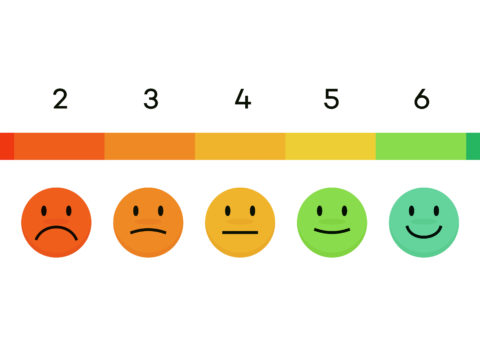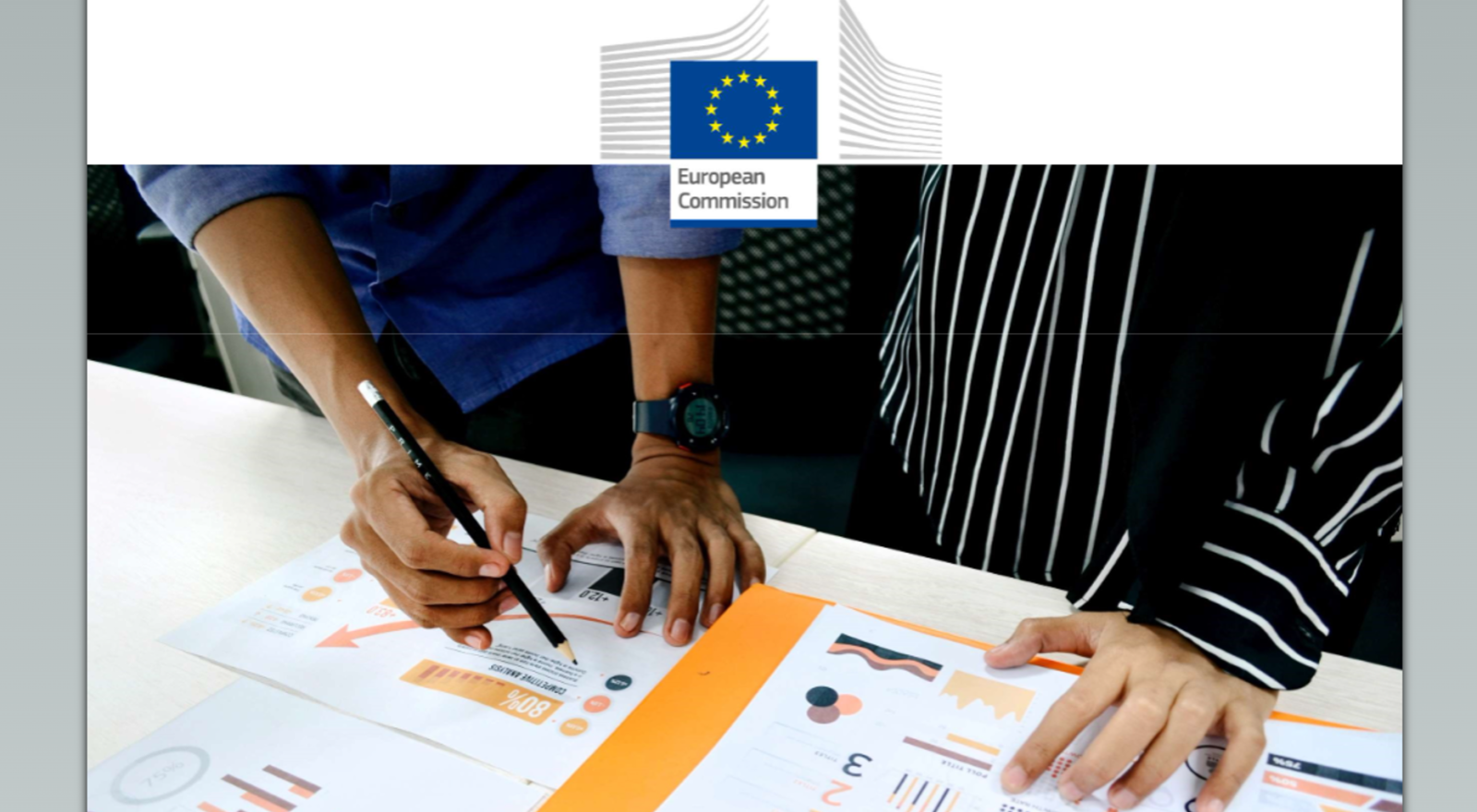
Countering inequalities “by design”
A recent FBK-IRVAPP study on assessing the distributional impact of policies in EU countries makes a key contribution to the development of the European Commission's work on addressing inequality.
As is well known, the European Union coordinates and controls the budgetary policies of its member states to safeguard its financial stability. Specifically, the Stability and Growth Plan sets the benchmarks of fiscal rules that guide member states’ policies and provides the main tools for policy surveillance (so-called preventive arm) and for the correction of excessive deficits (so-called corrective arm). Already since 2013, the Union has been recommending that euro area countries indicate in their budget planning documents submitted to the Commission the expected distributional impact of major expenditure and revenue measures. However, this is rarely done.
What is meant by distributional impact? Distributional impact assessments (known as DIAs) are analyses, typically quantitative, conducted to obtain estimates of the distributional effects of policies (reforms, investments, etc.) prior to their implementation. In other words, DIAs provide useful information that should help policymakers choose among different reform options and design corrective measures capable of protecting vulnerable socioeconomic groups from potential negative impacts.
With the Communication – COM(2022)494 on “Better assessing the distributional impact of Member States’ policies” dated Sept. 28, 2022, the European Commission provides guidance to member states on how to best conduct distributional impact assessments and how to incorporate them into each state’s budget processes. To identify good practices that have been put in place and to support the dissemination of DIA practices, the Commission referred to a study conducted by FBK-IRVAPP and University of Milan.
In particular, the study mapped the use of distributional impact assessment (ex-ante) for budget measures in EU member states, identified the main reasons limiting the use of DIAs in draft budgets, and described the degree of similarity in the use of DIAs among euro area member states. In addition, the study provided important suggestions for increasing the use of DIAs in EU member states and for designing a common EU framework in this area.
Paper’s authors: Nicola Bazoli, Sergiu Burlacu, Carlo Fiorio, Sonia Marzadro, Jonathan Pycroft, Loris Vergolini.


